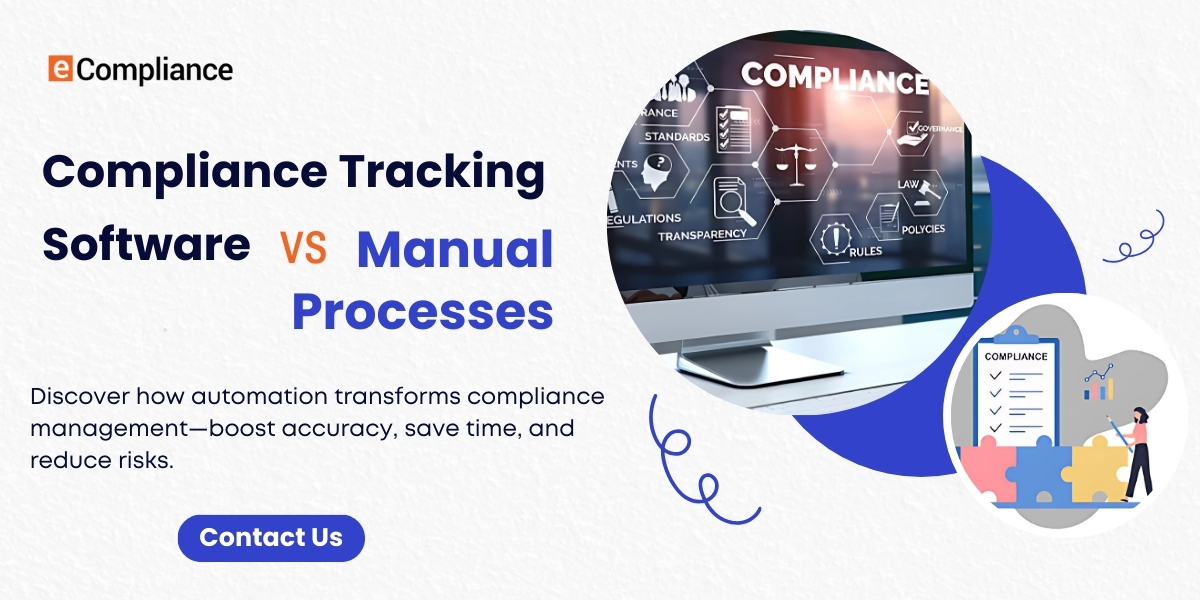Compliance has become more of a must than a voluntary thing; it has been made such by trust, reputation, and operational stability. Yet here we are, impractically placing spreadsheets, e-mails, and paper trails in continuing to track compliance for most organizations. Time-tested though this manual compliance tracking may appear, there is certainly more risk than prevention in it. The last question left for discussion is whether one prefers to keep things manual or go for a software compliance tracking.
The Pitfalls of Manual Compliance Tracking
The manual processes face hard knocks and carry a substantial risk of error. Here are a few frequently drawn internal major challenges:
- Data Silo: Information scattered among several teams and tools creates an incomplete view.
- Human Error: Late deadlines, missed updates, or misplaced documents put compliance at risk.
- Reactive Approach: Problems are identified late and not much time left to rectify them.
- Scaling Constraints: As compliance requirements and organizational needs grow, manual tracking becomes impractical.
For the time being, though a solution in itself may bring non-compliance in the long run, spreadsheets and emails would stand in the way.
How Compliance Tracking Software Transforms the Process
The modern compliance tracking software presents the centralized and automated method for compliance tracking. Here are key benefits:
- Automated Compliance Management: Scheduling reminders, assigning tasks, and automatic tracking of progress.
- Real-Time Monitoring: Instant compliance visibility across departments.
- Risk and Compliance Automation: To discover, monitor, and mitigate risks proactively instead of reactively.
- Audit-Ready Reporting: Producing acceptable compliance reports from minutes instead of weeks.
- Scalability: Quickly adapt to new regulations without overburdening your team.
Manual vs. Automated Compliance Management: A Clear Winner
Some really sharp contrasts can be made between manual compliance tracking and automated compliance management. Manual compliance processes are tedious and wrought with unreliability, whereas compliance tracking software is consistent, accurate, and brings peace of mind. Companies involved in risk and compliance automation do not only ease the burden on their employees’ hands but also cultivate a compliance culture.
Final Thoughts
What does that word mean beyond just convenience? It means danger. Manual compliance tracking may have done its job in the past, but now leaves your company open to ineffectiveness and inaccuracies. Investing in compliance tracking software is a choice for accuracy, scalability, and confidence in every audit.
So, if you want to transition from a reactive compliance culture to a proactive compliance culture where you still worry about keeping up but can automate management, you should use our solutions.
FAQs
Q1: In what way does compliance tracking software reduce risk against manual systems?
It streamlines the entire process of monitoring compliance, reduces human error, enables instant visibility into possible gaps before these gaps transform into serious problems.
Q2: Can compliance tracking software aid small organizations?
Yes. Even the smaller organizations stand to benefit with the use of automation because it reduces manual tasks, guarantees accuracy, and comes very easily scalable with growth.
